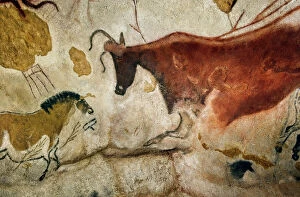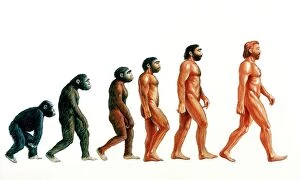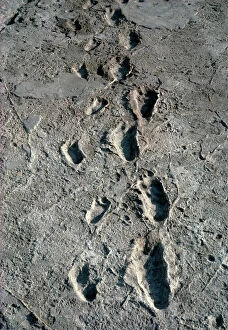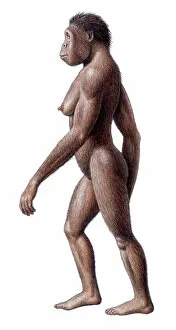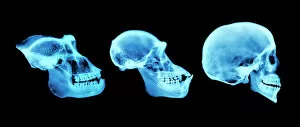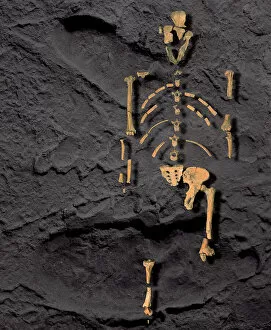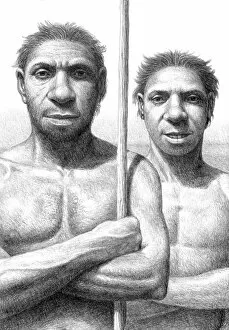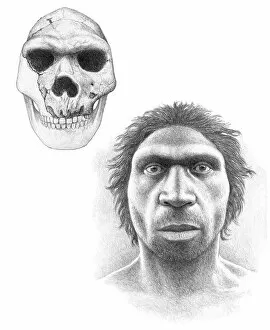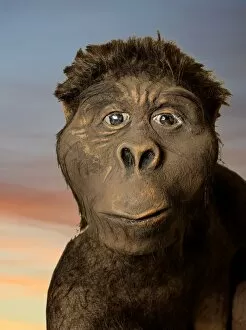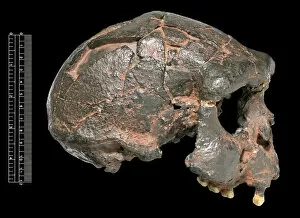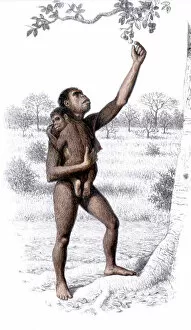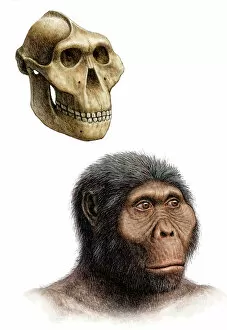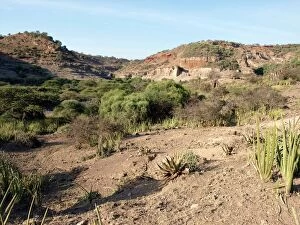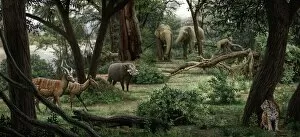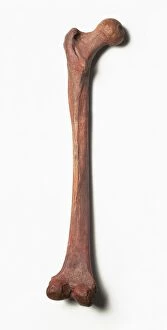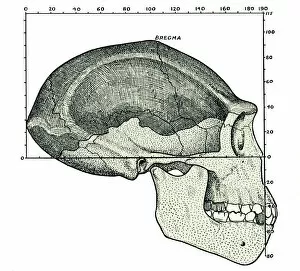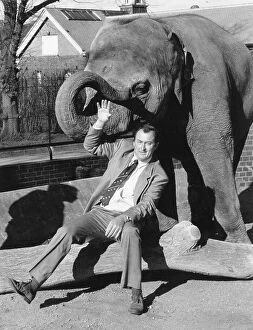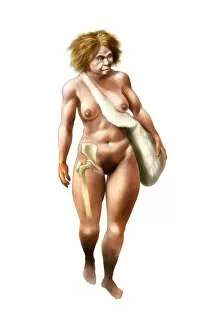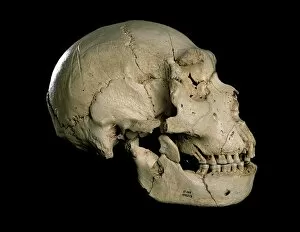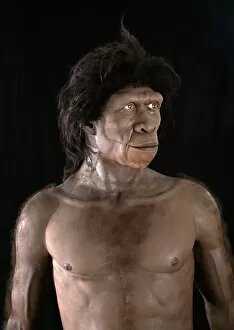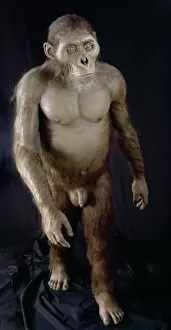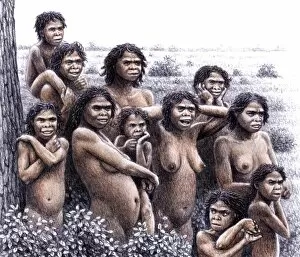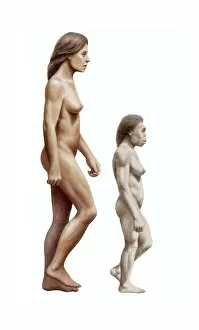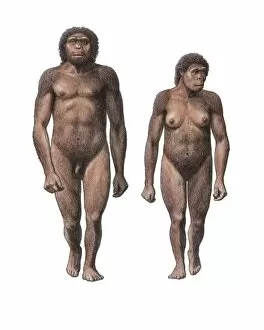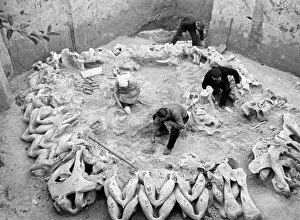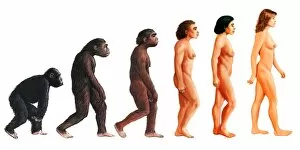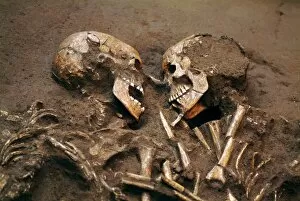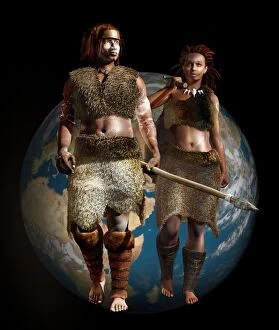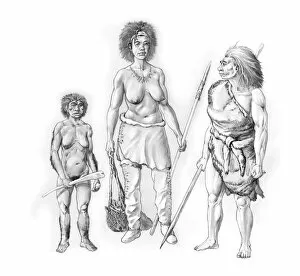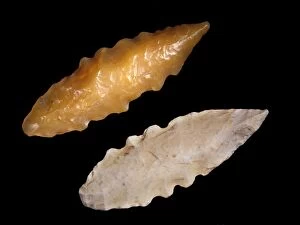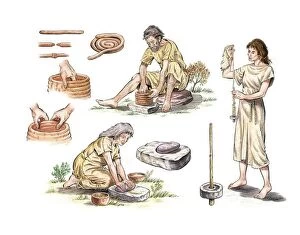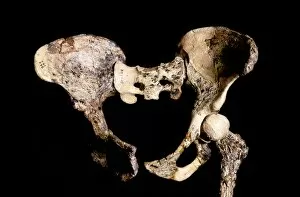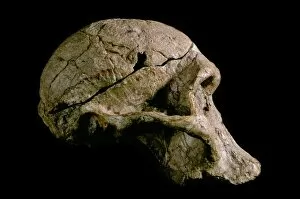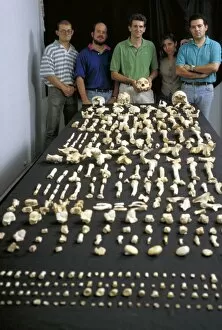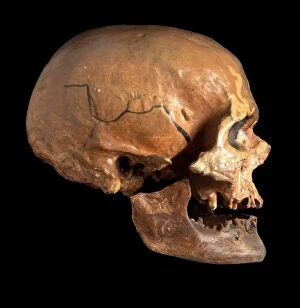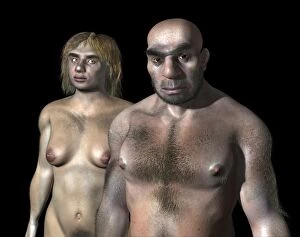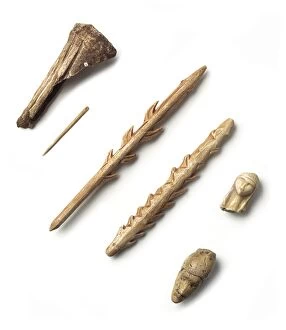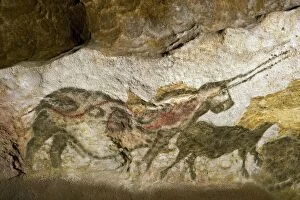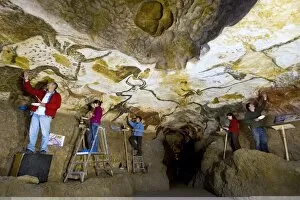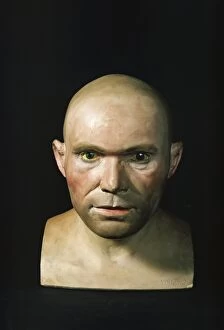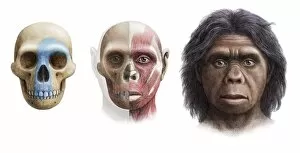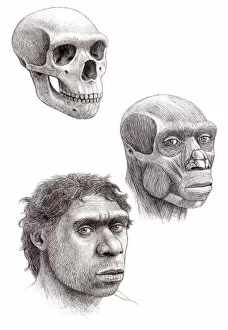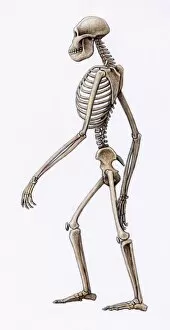Palaeoanthropology Collection
Palaeoanthropology unravels the mysteries of our ancient past, piecing together the puzzle of human evolution
For sale as Licensed Images
Choose your image, Select your licence and Download the media
Palaeoanthropology unravels the mysteries of our ancient past, piecing together the puzzle of human evolution. From the intricate Lascaux II cave painting replica C013/7378 to the Trail of Laetoli footprints, every artifact tells a story. Step by step, we explore the stages in human evolution. A glimpse into history reveals a female Australopithecus africanus, standing tall amidst her primitive surroundings. Primate skulls offer insights into our ancestors' cranial structure and brain development. Intriguingly, a scimitar cat attacking a hominid reminds us of the challenges faced by early humans in their struggle for survival. Artwork depicting these stages in human evolution serves as a visual timeline connecting us to our roots. The footprints and skeleton of Lucy provide an intimate encounter with one of our earliest known ancestors - an Australopithecus afarensis who walked this Earth over 3 million years ago. Model replicas bring Homo heidelbergensis back to life, allowing us to marvel at their physical features and speculate about their way of life. Australopithecus boisei stands out with its robust skull and powerful jaw muscles adapted for chewing tough vegetation. Meanwhile, Homo erectus emerges on stage - Java Man cranium (Sangiran 17) cast showcases their distinct facial characteristics that set them apart from earlier hominids. Palaeoanthropology invites us on an extraordinary journey through time as we uncover humanity's origins, and is through these artifacts and discoveries that we gain deeper insight into who we are today – creatures shaped by millions of years of evolutionary progress.

